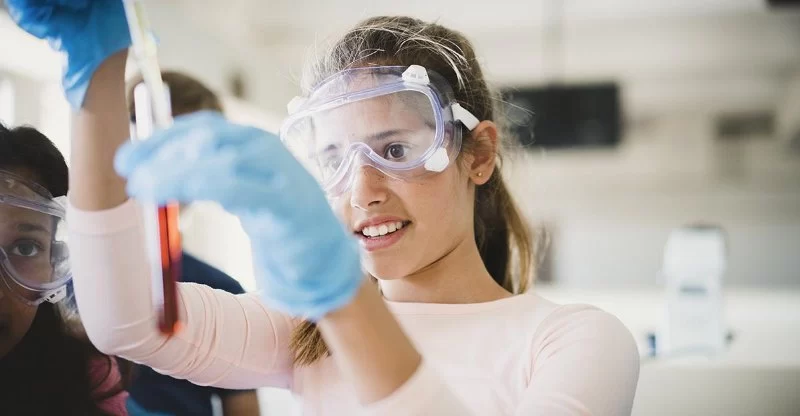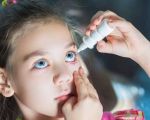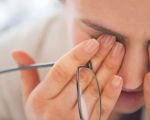
How to Prevent Eye Injuries in Laboratory Workers and Scientists with Safety Gear
- 1. Importance of Eye Safety in Laboratories
- 2. Common Eye Injuries in Laboratories
- 3. How Safety Gear Prevents Eye Injuries
- 4. Types of Eye Safety Gear for Laboratory Workers
- 5. Best Practices for Eye Safety in Labs
- 6. How to Choose the Right Eye Safety Gear
1. Importance of Eye Safety in Laboratories
Laboratory workers and scientists often work with chemicals, biological materials, and complex equipment that can pose significant risks to their eyes. Whether it’s exposure to harmful chemicals, flying debris, or intense light, the potential for eye injuries in labs is high. Protecting the eyes is crucial, as these injuries can lead to long-term vision impairment or even permanent blindness. This makes proper eye protection an essential part of workplace safety in laboratory settings.
2. Common Eye Injuries in Laboratories
There are several types of eye injuries that laboratory workers and scientists are at risk of. Some of the most common include:
Chemical Burns
Chemicals, such as acids or solvents, can splash into the eyes, causing painful chemical burns. These injuries require immediate medical attention to prevent long-term damage.
Impact Injuries
In laboratories, small particles, glass, or debris can be ejected from equipment and cause physical harm to the eyes. Impact injuries are common, especially when working with high-speed machinery or fragile glassware.
Radiation Exposure
Working with UV light, lasers, or other forms of radiation can lead to burns or retinal damage if proper eye protection is not used. Prolonged exposure to these elements can result in significant eye damage.
3. How Safety Gear Prevents Eye Injuries
Eye safety gear plays a critical role in preventing injuries in laboratory settings. The right protective equipment can block harmful substances, prevent debris from entering the eyes, and shield against radiation or intense light. By using safety gear, laboratory workers can dramatically reduce the risk of eye injuries while maintaining their ability to perform complex tasks with confidence and precision.
4. Types of Eye Safety Gear for Laboratory Workers
There are several types of eye safety gear available to laboratory workers, each designed to offer protection against specific hazards:
Safety Glasses
Safety glasses are the most common type of eye protection. They are designed to shield the eyes from flying debris, chemical splashes, and dust. Safety glasses come in a variety of styles, including those with side shields to provide additional protection.
Goggles
Goggles offer more extensive protection than safety glasses, covering the eyes more completely and providing a tighter seal. They are ideal for preventing chemical splashes or fumes from reaching the eyes.
Face Shields
Face shields provide full-face protection and are particularly useful in laboratories where workers might be exposed to high-pressure reactions or where a high risk of chemical splashes exists. Face shields should be worn in conjunction with safety glasses or goggles for maximum protection.
5. Best Practices for Eye Safety in Labs
To ensure maximum protection against eye injuries in laboratories, the following best practices should be followed:
1. Always Wear Protective Gear
Ensure that all laboratory workers and scientists wear appropriate eye protection at all times, even when they believe the risk of injury is low. It’s essential to establish a safety culture where protective gear is considered standard practice.
2. Conduct Regular Safety Training
Provide regular training to all laboratory personnel on the importance of eye safety, how to use safety gear properly, and what to do in case of an emergency.
3. Keep the Lab Clean and Organized
Maintaining a clean and organized laboratory environment reduces the risk of accidental injuries. Ensure that workstations are free from unnecessary clutter and that all chemicals and materials are stored safely.
6. How to Choose the Right Eye Safety Gear
Choosing the right eye safety gear depends on the specific hazards present in the laboratory. Consider the following factors when selecting protective equipment:
1. Type of Hazard
If the primary risk is chemical exposure, choose goggles or face shields that provide a complete seal. If the risk involves flying debris, safety glasses with side shields may be sufficient. For high-intensity light or radiation, specialized goggles designed for UV protection are necessary.
2. Comfort and Fit
Ensure that the protective gear is comfortable and fits well. Ill-fitting gear can cause discomfort and may lead to accidents if it doesn’t provide adequate protection. Look for adjustable straps and breathable materials.
3. Compliance with Safety Standards
Ensure that the eye protection you select meets the necessary safety standards, such as those set by OSHA or ANSI. This ensures the gear is effective and reliable in protecting against laboratory hazards.








